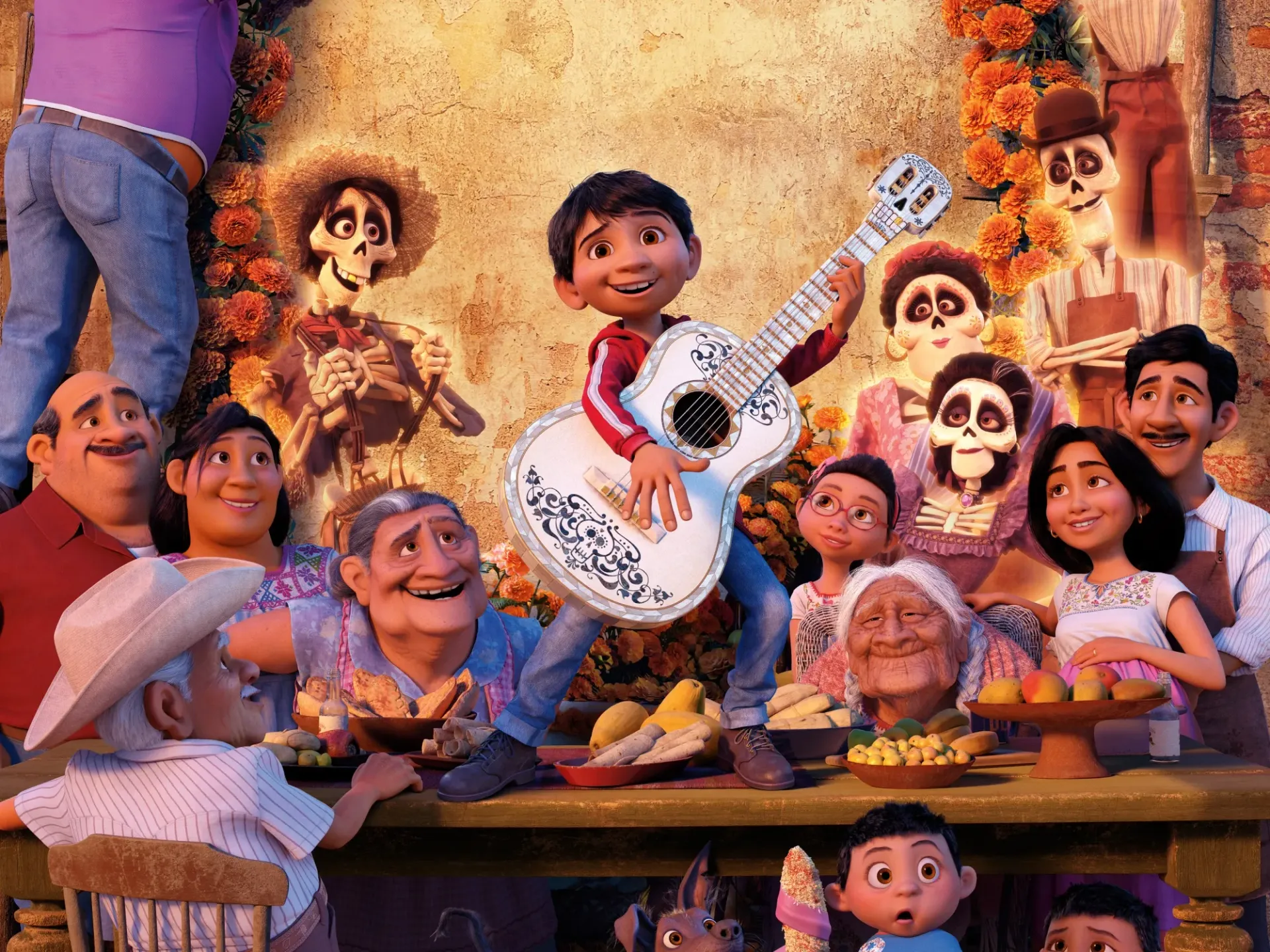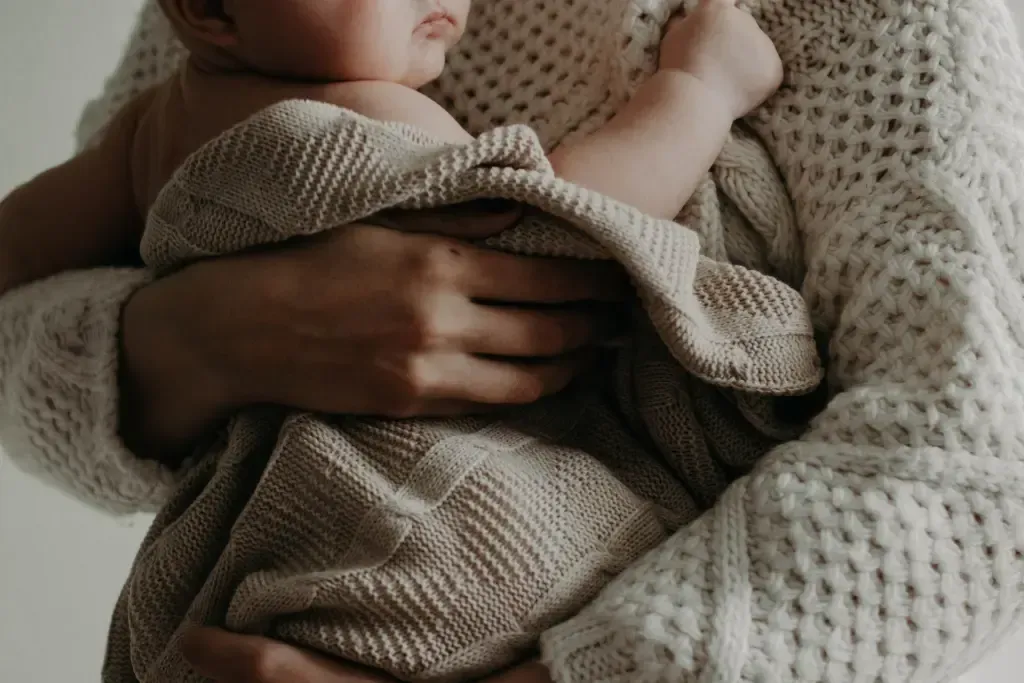How One Family's Silenced Music Reveals Universal Patterns of Trauma, Authenticity, and Healing

When we first meet Miguel Rivera, he's secretly strumming his handmade guitar in a hidden attic shrine to his musical idol, Ernesto de la Cruz. This clandestine act speaks volumes - not just about a boy's passion for music, but about the weight of intergenerational trauma that has shaped his family for nearly a century.
Pixar's Coco masterfully portrays how trauma cascades through generations, creating patterns that family members unconsciously perpetuate long after the initial wound occurred. Through the Rivera family's journey, we witness a profound examination of how traumatic experiences shape family narratives, suppress authentic expression, and create cycles that can take generations to heal.
The Original Wound: Abandonment and the Birth of a Family Narrative
The Rivera family's trauma begins with Mamá Imelda's experience of abandonment. When her husband Héctor allegedly "abandoned his family for music," she made a decisive choice - music would be banished from their lives forever. This wasn't merely a preference; it was a trauma response. By creating the narrative that "he abandoned his family," Imelda established a family story that would dictate behaviors and values for generations to come.
This narrative served a protective function for Imelda - it allowed her to channel her pain into productivity (shoemaking) while avoiding the devastating grief of abandonment. Yet in creating this protective shell, she inadvertently laid the groundwork for a family system that would suppress authentic expression for generations.
Attachment Appeasement: The Silent Perpetuation of Trauma
Little Coco, Héctor's daughter, likely intuited early on that her survival depended on appeasing her mother. Children are exquisitely attuned to their caregivers' emotions - they sense what is and isn't permissible to express. Though we can imagine she missed her father and his music dearly, young Coco likely made the unconscious choice to suppress these feelings to maintain her secure attachment with her mother.
This pattern of attachment appeasement continues through generations. Rather than risk rejection, family members adopt the collective belief system - even when it doesn't align with their authentic desires. The power of belonging overrides individual expression, creating a family culture where conformity equals love and safety.
Traumatic Shame and the Suppression of Authenticity
By the time we meet Miguel, the music ban has evolved from a personal boundary established by Imelda into something far more rigid. Abuelita (Elena) enforces this rule with almost militant fervor - wielding her chancla at any hint of a melody. The spontaneous joy of music has become bound with deep shame.
What's particularly insidious about intergenerational trauma is how it creates arbitrary rules that become imbued with moral significance. For the Riveras, making music isn't just discouraged - it's wrong, a betrayal of family loyalty. Miguel's musical inclinations aren't treated as a neutral difference in preference, but as a moral failing that threatens the family's very identity.
The shame associated with authentic expression is clearly visible in Miguel's behavior. He hides his passion, lies about his whereabouts, and constructs elaborate justifications for his interest in music. These are the hallmarks of traumatic shame - the belief that one's authentic desires are inherently unacceptable and must be concealed.
The Coercive Control Patterns of Intergenerational Trauma
Perhaps one of the most unsettling aspects of intergenerational trauma is how it creates rigid belief systems within otherwise loving families. The Rivera family demonstrates this phenomenon perfectly:
1. They have an unquestionable narrative ("he abandoned his family")
2. They enforce strict boundaries between insiders (family) and outsiders (musicians)
3. They punish deviance (Miguel's interest in music)
4. They demand absolute loyalty to family traditions
This rigidity is isolating and controlling—a coercive pattern designed to ensure compliance with the family narrative. While originally intended as protection, these patterns actually leave family members vulnerable and unprotected in crucial ways.
When children learn that questioning family beliefs results in punishment, and that love is conditional on conformity, they develop maladaptive relationship skills. They may struggle to recognize red flags, set healthy boundaries, or trust their own instincts when something feels wrong. This makes them particularly susceptible to abuse and manipulation in romantic relationships, friendships, workplace dynamics, and religious institutions.
This cycle of unconscious perpetuation is particularly troubling because it means the vulnerabilities described above can persist even when family members have no personal investment in the original trauma response. The most revealing aspect of this rigid belief system is that family members don't need to personally feel wounded by music to perpetuate the ban. Miguel's cousins and other relatives may have no personal desire to play music, yet they still enforce and internalize the prohibition. This demonstrates how intergenerational trauma creates systems that perpetuate themselves regardless of whether they still serve their original protective function.
The Path to Healing: Truth, Memory, and Authentic Expression
What makes Coco so poignant is that it doesn't just illustrate intergenerational trauma - it shows the path toward healing it. Miguel's journey to the Land of the Dead forces a confrontation with the family's founding narrative. When the truth emerges that Héctor never abandoned his family but was murdered while trying to return to them, the entire family system can begin to reorganize around this new understanding.
The film's most powerful moment comes when elderly Coco, near the end of her life and lost in dementia, reconnects with her authentic self through her father's song "Remember Me." This scene beautifully illustrates how healing from intergenerational trauma often requires accessing emotions and memories that have been long suppressed.
Breaking the Cycle
By the film's conclusion, we see the Rivera family transformed. Music is reintegrated into family life, photos of Héctor are displayed proudly, and Miguel can freely express his authentic self. The cycle of trauma has been broken not through rejection of family values, but through a more complete understanding of the family's true history.
Coco reminds us that healing intergenerational trauma doesn't require abandoning our families or their legacies. Instead, it invites us to examine the unspoken rules and narratives that govern our families with compassion and curiosity. Only by understanding the original wounds can we begin to create family systems that nurture authentic expression rather than suppress it.
In our own lives, we might ask: What unquestioned narratives shape our family's behaviors? What authentic expressions do we suppress to maintain belonging? What would healing look like if we, like Miguel, had the courage to follow our inner music - even when it leads us into uncomfortable truths?
The most beautiful legacy we can create isn't one of rigid rules passed through generations, but one where each family member is encouraged to contribute their unique voice to the harmony of family life.













